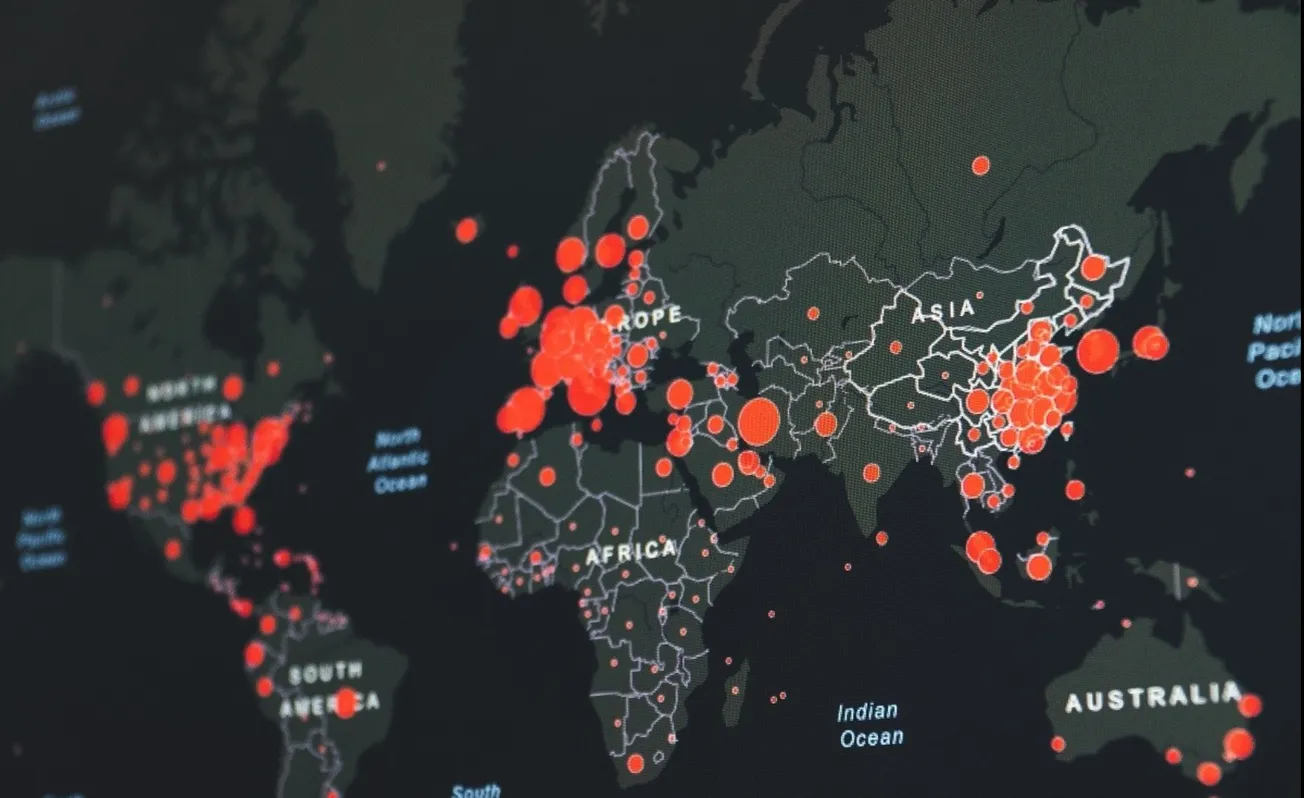Table of Contents
The mission of Stanford’s Center for International Security and Cooperation (CISAC) is to “tackle the most critical security issues in the world today.”
Yet they failed to anticipate and respond to the danger posed by COVID-19, arguably the greatest threat to global security since World War II. If CISAC experts want to actually make the world safer, they need to stop rehashing old conflicts and focus on identifying new security risks.
CISAC’s research priorities – nuclear weapons, Russian posturing, and “great power” conflict – reflect the threats of a bygone era. The COVID-19 pandemic exemplifies an emerging category of threat that CISAC and their peers are unprepared to handle.
The coronavirus threat was created by actions of millions of interconnected individuals, not an enemy pointing a weapon at the United States. A flu in Wuhan would not have posed a significant security risk to the United states 20 years ago. Today, global trade, travel, and migration networks allow instability in any part of the world to spread rapidly across continents.
While the virus was making its way to Stanford from China, CISAC was busy planning a suite of events straight from the 1980s: NATO At 70, Beyond NATO, and U.S. Policy Towards Russia in an Era of Great Power Competition. A month after Stanford students were sent home, CISAC had still only published two articles referencing the pandemic.
One piece discussed NATO’s response to the virus and the other discussed the impact of canceling an annual nuclear non-proliferation conference. In the meantime, CISAC did find time to publish separate work on NATO, Crimea and US-Russia arms control.
This is not surprising given CISAC currently has only two researchers covering all of “Bioweapons and Global Health,” the same number as they have writing a biography of George Schultz.
Moreover, 60% of CISAC’s core faculty (fifteen out of twenty-five) list an academic specialty that involves Russia or nuclear weapons.
CISAC’s old-world bias is also trickling down to undergraduates. Their flagship class, POLISCI 114s, ostensibly teaches “international security in a changing world.” However, over half of this winter’s syllabus was dedicated to nuclear policy, with no discussion of naturally occuring pandemics. Ironically, the final paper, an assignment to “discuss the three greatest national security threats facing America today,” was canceled by the coronavirus.
CISAC was not alone in this oversight. The U.S. foreign policy establishment has a history of overlooking border-crossing “soft” threats (like pandemics and climate change) in favor of flashier topics like Russia, terrorism, and novel nuclear missiles.
But amplified by globalization, many of these so-called “soft” threats pose a greater risk than the geopolitical posturing that consumes most national security research.
The problem is partly generational. Many of our preeminent national security scholars began their PhDs over forty years ago, when theorizing on the motives of the USSR was the hottest topic in academia. Evaluating new, structural threats created by globalization and overpopulation requires training in biology, chemistry, and statistics, not just political theory.
For CISAC to address these challenges, they will need to hire, promote, and elevate the research of young professors with expertise in emerging fields. They will also need to embrace a broader definition of “national security,” and reach outside the traditional security in-group to recruit researchers with the technical expertise needed to engage with modern threats.
There are some slow signs of change. Two years ago, CISAC hired Megan Palmer, a young professor specializing in emerging biotechnologies, to work alongside David Relman, one of CISAC’s only faculty with medical training.
Hopefully, this is the beginning of a much-needed restructuring of Stanford’s national security establishment.
We will see more threats like COVID-19 in the future. If CISAC continues to prioritize nuclear proliferation scholarship after Stanford’s hiring freeze is lifted, this will not be the last time they are caught unprepared.









